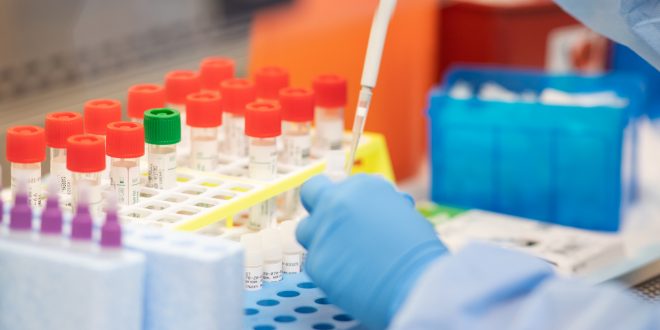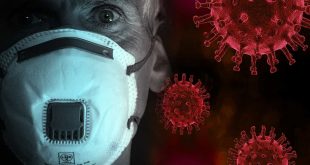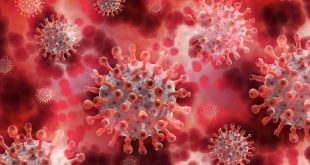Photograph by Andrew Theodorakis, Getty Images
Read Caption
A lab technician begins semi-automated testing for COVID-19 at Northwell Health Labs on March 11, 2020, in Lake Success, New York. An emergency use authorization by the FDA allows Northwell to move from manual testing to semi-automated.
Photograph by Andrew Theodorakis, Getty Images
Coronaviruses are part of a large family of viruses. Four types cause minor illnesses like the common cold, while other coronaviruses have triggered far more devastating impacts like SARS and MERS. Coronaviruses are zoonotic, meaning they jump from animals to humans.
In late December 2019, reports emerged of a novel coronavirus outbreak connected with pneumonia cases at a wildlife market in Wuhan, China. COVID-19, the disease caused by this novel coronavirus, spread across the nation within weeks—and then stormed its way across the world. By March 11, more than 118,000 cases were reported in more than 110 countries—including significant outbreaks in Italy, Iran, and South Korea—with 4,200 deaths worldwide. At that point, the World Health Organization labeled COVID-19 a pandemic.
View Images
This illustration, created at the Centers for Disease Control and Prevention (CDC), reveals ultrastructural morphology exhibited by coronaviruses. Note the spikes that adorn the outer surface of the virus, which impart the look of a corona surrounding the virion, when viewed electron microscopically. A novel coronavirus, named Severe Acute Respiratory Syndrome coronavirus 2 (SARS-CoV-2), was identified as the cause of an outbreak of respiratory illness first detected in Wuhan, China in 2019. The illness caused by this virus has been named coronavirus disease 2019 (COVID-19).
Illustration by Alissa Eckert, MS; Dan Higgins, MAMS/CDC
There is still much to learn about COVID-19. What we do know is that, like other respiratory diseases, it spreads through small droplets—saliva and mucus—that an infected person sheds when they cough or sneeze. It may also spread via accidental consumption of fecal matter. COVID-19 starts in the lungs, causing pneumonia-like symptoms, but can also cast a storm across the entire body. And it poses a particularly serious threat to people with underlying conditions such as high blood pressure, diabetes, and cardiovascular disease.
Latest updates
Here are the latest statistics on the coronavirus, based on situation reports from the World Health Organization and the U.S. Centers for Disease Control and Prevention. They were last updated on March 17, 2020 at 7:06pm.
Confirmed cases worldwide: 179,112 in 159 countries, areas, or territories
Deaths: 7,426
Global death rate: 4.1 percent
Top 5 countries by case count
1. China: 81,116
2. Italy: 27,980
3. Iran: 14,991
4. Spain: 9,191
5. South Korea: 8,320
Top 5 countries by death tally (with death rate)
1. China: 3,231 (4 percent)
2. Italy: 2,503 (8.9 percent)
3. Iran: 853 (5.7 percent)
4. Spain: 309 (3.4 percent)
5. France: 148 (2.2 percent)
U.S. case count: 4,226 in 49 states and the District of Columbia, Puerto Rico, Guam, and US Virgin Islands
U.S. deaths: 75
U.S. death rate: 1.8 percent
See all of National Geographic’s coronavirus coverage.
 The Argus Report Read about it!
The Argus Report Read about it!





